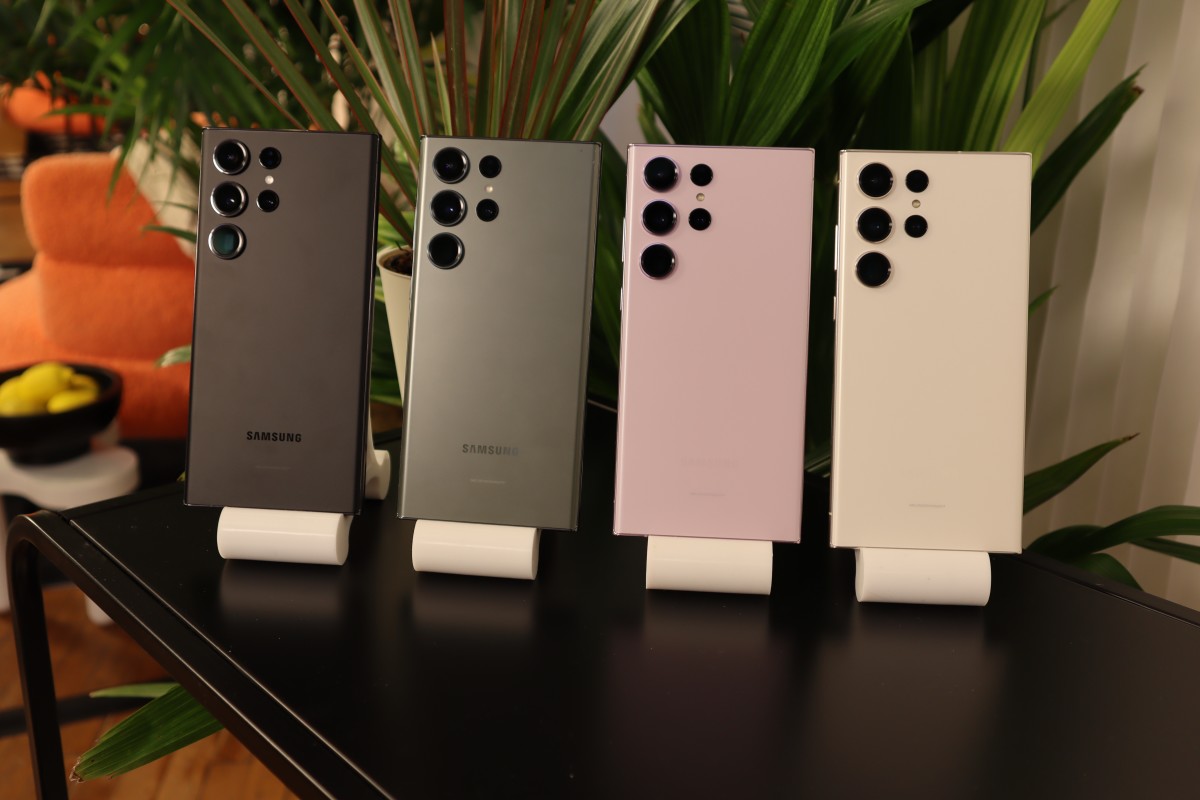
Customization
Personalization Options
Android allows users to personalize home screens with dynamic widgets, place apps anywhere, and swap out launchers from the Google Play store. This flexibility appeals to those who enjoy tinkering with their devices.
iOS Limitations
iOS has historically been more restrictive in terms of customization. While iOS 14 introduced some changes, it still lags behind Android. For instance, Android users can easily download third-party replacements for core services like web browsers, keyboards, and media players and set them as default versions if they prefer them over the preinstalled apps.
plaintext
Android's customization options are unmatched by iOS. Users can change their home screen launchers, add dynamic widgets, and even customize the look and feel of their interface with manufacturer skins like Samsung's One UI or OnePlus' OxygenOS.
Hardware Variety
Diverse Options
Android offers a vast array of hardware options. Unlike iPhones, which are manufactured by Apple, Android devices come from numerous manufacturers such as Samsung, Google, and OnePlus. This variety means users can choose from a wide range of devices catering to different budgets and preferences.
Budget-Friendly Choices
For example, budget-friendly options like the Pixel 7a are available. On the other hand, high-end devices like Samsung's Galaxy S21 Ultra or Google's Pixel 7 Pro offer advanced features and premium designs.
plaintext
Android offers a diverse range of devices at various price points, making it easier for users to find a phone that fits their budget and meets their specific needs.
App Selection and Quality
Open Ecosystem
Android's open nature allows developers to create apps tailored to specific hardware features or user preferences. For instance, Android users can install third-party browsers like Firefox, which offers more customization options and the ability to install various plug-ins such as uBlock Origin for enhanced privacy and functionality.
iOS Restrictions
In contrast, iOS has strict guidelines regarding app development, which can limit the availability of certain features or functionalities.
plaintext
Android's open ecosystem allows developers to create more customized and feature-rich apps compared to iOS, where strict guidelines can limit the creativity of app developers.
File Management and Transfer
Comprehensive File System
Android devices typically come with a more comprehensive file system that allows users direct access to their storage. This makes it easier to transfer large files between devices or PCs using USB-C ports, which are standard on most high-end Android phones.
iOS Limitations
iOS has traditionally been more restrictive when it comes to file management. While Apple has introduced some improvements with recent updates like iCloud Drive and Files app, it still lags behind Android in terms of flexibility and ease of use.
plaintext
Android's file system is more accessible and user-friendly compared to iOS, making it easier for users to manage their files and transfer them between devices.
Integration with Windows and SMB Shares
Seamless Connectivity
Android devices can easily connect to Windows PCs using tools like Android Auto and SMB shares, allowing seamless file transfer and synchronization.
Apple Continuity
While Apple has made strides in integrating its devices through Continuity features like Handoff and Universal Clipboard, the experience is not as seamless for non-Apple devices. For example, Microsoft's Your Phone app for Windows allows some level of integration but is still clunky compared to what Android offers.
plaintext
Android's integration with Windows and SMB shares provides a more comprehensive solution for users who need to manage their files across multiple platforms.
Custom ROMs and Upgrades
Custom Operating Systems
Android allows users to customize the operating system itself through custom ROMs. These custom operating systems enable modifications beyond what is offered by the manufacturer or Google.
iOS Restrictions
This level of customization is not typically available on iPhones due to their closed ecosystem, providing Android users with unparalleled flexibility and control over their devices.
plaintext
Custom ROMs on Android offer users the ability to customize their operating system beyond what is offered by manufacturers or Google, providing unparalleled flexibility and control.
Hardware Repairability
Easier Repairs
Many Android devices are designed with repairability in mind, offering easier access to internal components and more sustainable design practices.
iPhone Challenges
iPhones are notoriously difficult to repair due to their complex design and proprietary components. This can lead to higher repair costs and environmental impact.
plaintext
Android devices are generally more repairable than iPhones due to their design and component choices, making them more sustainable and cost-effective in the long run.
Price Flexibility
Wide Range of Prices
Android devices cater to a wide range of budgets. From budget-friendly options like the Pixel 7a to high-end devices like Samsung's Galaxy S21 Ultra, there is an Android phone for every budget.
iPhone Pricing
iPhones are known for their premium pricing, making Android an attractive option for users who want high-quality smartphones without breaking the bank.
plaintext
Android offers a wide range of devices at various price points, making it easier for users to find a phone that fits their budget without compromising on quality.
Final Thoughts
While iPhones offer a seamless and user-friendly experience within Apple's ecosystem, they fall short in several areas compared to Android devices. From customization options and hardware variety to app selection and file management, Android excels in providing users with more flexibility and control over their devices.
For those who value customization, hardware variety, and flexibility in their smartphones, Android is undoubtedly the better choice. Whether looking for budget-friendly options or high-end devices with advanced features, Android has something to offer everyone.
Ultimately, the decision between an iPhone and an Android device comes down to individual preferences and needs. By understanding the disadvantages of iPhones compared to Android phones, users can make an informed decision that best suits their lifestyle and technological requirements.
